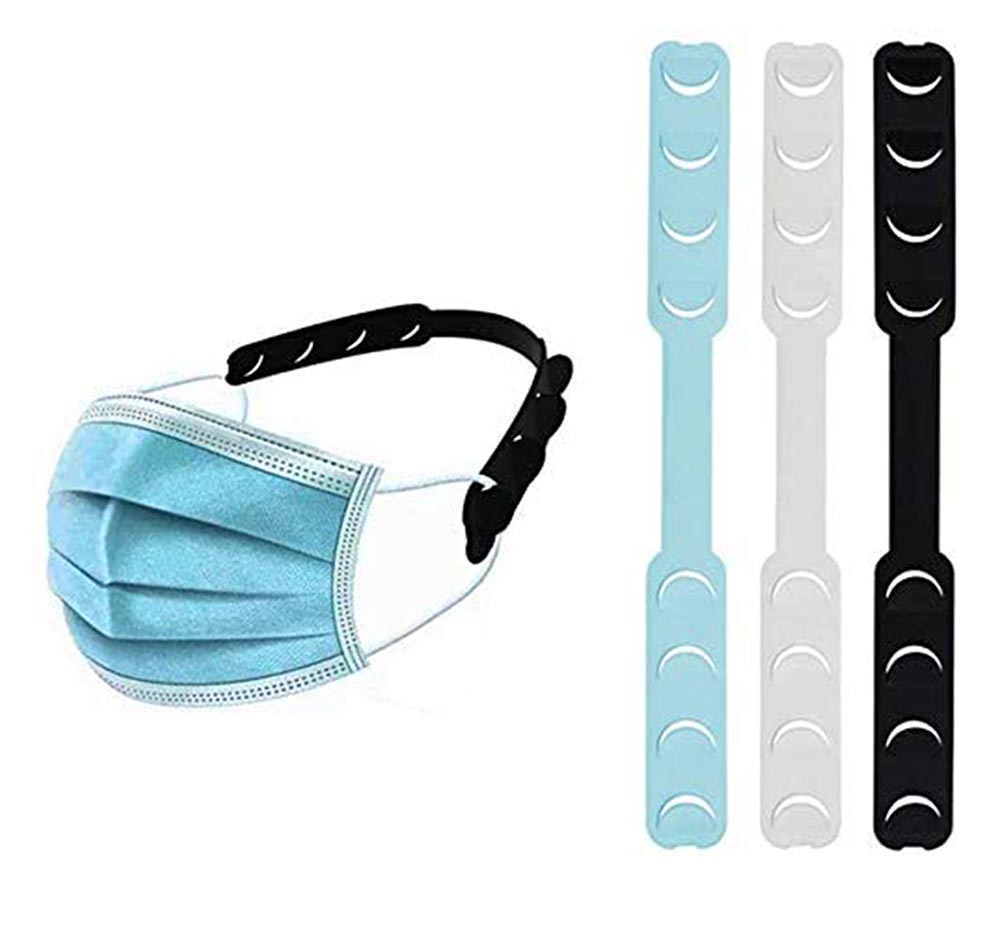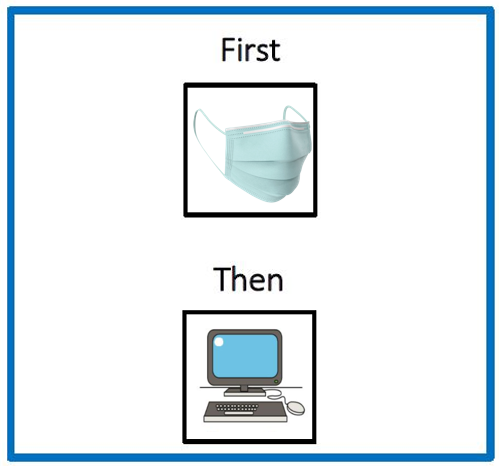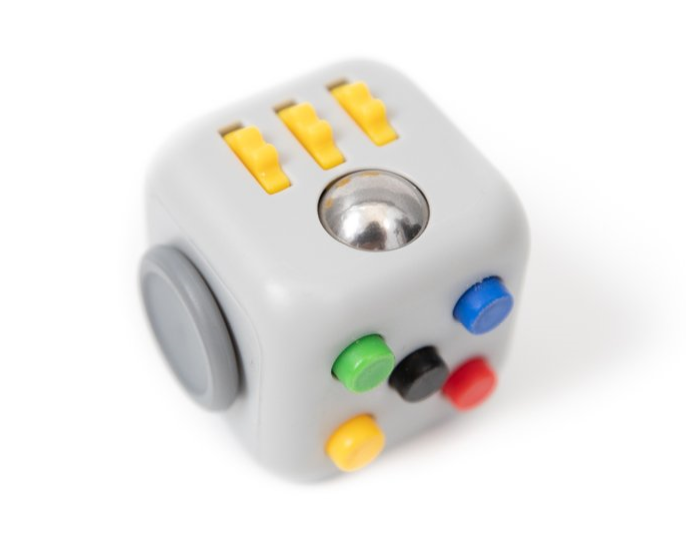While wearing a mask is not a skill we have traditionally taught our children, we can still teach it the same way we would any other skill. Since this is a routine that is unfamiliar and potentially uncomfortable for a child with a disability, you will need to keep it simple, go slow, and be realistic. Wearing a mask is not going to be appropriate or attainable for all, but here are the steps for those who have the potential:

1.Find the right mask. Long before trying to strap anything on your child’s head, show them options of a few different masks that they might be interested in. If you are able to incorporate their favorite color or logo onto a mask, even better. Have them pick which one they like best. This can help establish greater buy-in from the beginning.
2. Make it comfortable. Different masks can be less tolerable for a variety of reasons. Some are two tight, some are too big, and some can irritate the skin. The less comfortable the mask is, the less likely you will be able to get your child to wear it. Seek ways to make their mask tolerable. If your child is very sensitive around the years, consider getting them a mask extender. As a person with a very large head myself, this little guy has been a game changer for me.

3. Model. Do not assume that your child knows how a mask functions even though they have seen others wearing them. Sit down with your child and specifically show them how your mask operates. Talk them through how you can still breathe, you can still smile, and you can still laugh, even though others can’t see your mouth moving. Show them how your mask must cover both your nose and your mouth. Show how you remove it to eat and drink. Let them see that it is safe to wear. Familiarizing your child with how a mask operates may help reduce their anxiety about actually having to wear one themselves.

4. Allow exploration. Allow them to touch, play with, and sample the mask that they will eventually wear. Have it rub against their skin and hold it up to their face. Have your child practice putting the mask on something or someone else, like a sibling or a stuffed animal. This gentle exposure can help them in becoming comfortable with their mask.
5. Explain the purpose. Don’t try to do this step on your own. There are a ton of great videos and social stories online that can aid you in explaining why wearing a mask is important and when masks should be worn. Google “mask wearing social story” and you will find more than you need.
6. Find a strong reinforcer. Think of what your child loves more than anything else in the world. It might be a game on the tablet, it might be a favorite toy, or it might be a certain video. Whatever you pick, you must save this reinforcer for mask wearing time only. Your child cannot have access to this at any other point during the day. This will help keep the reinforcer motivating to earn.
7. Establish the contingency. Explain to your child that if they wear their mask, they can then have the selected reinforcer. You will probably want to use some visuals to help explain this. Your child is likely familiar with a First-Then schedule, this would be the perfect time to use one.

8. Begin small. Asking too much too early can compromise everything. Start with an expectation that is very attainable. Maybe just have them hold the mask up to their face. Maybe just have them put the mask on and wear it like a chinstrap. Whatever it is, count to 10 out loud as they do it and provide the reinforcer once 10 is reached. If they refuse, don’t force the issue. You may have started too big, your reinforcer may not be motivating enough, or for whatever reason this just isn’t a good day for your child. Reevaluate, adjust, and come back at it again another day.
9. Repeat. Your child has now independently interacted with the mask. Nice work! Don’t push them any further just yet. If you push them too fast, they can start to think of wearing the mask as a negative experience instead of a positive one. Repeat step eight until your child has been successful for three consecutive days. Allow them to earn their reinforcer and take comfort in knowing that you are priming them for growth.
10. Increase the expectation. In a very small way, increase what you are asking of your child If they had it up to their face for 10 seconds, now they must do it for 15 seconds. If it was covering up only part of their face, now it must cover the mouth. Continue to give them their reinforcer each time they do as you have asked. Stick with this routine until you have reached three consecutive days of success.

11. Give them something to do. As soon as your child is actually wearing the mask, give them something to do with their hands. Legos, magnets, high fives, a fidget item, whatever it takes to keep their hands engaged. Not only can it make the whole experience more tolerable, but it can distract them from trying to take the mask off.
12. Raise the bar. Gradually increase the length of time you ask your child to wear the mask, giving it a few days of success each time before advancing to a higher demand or a longer length of time. Consider using a visual timer to allow them to see how long they have to wear the mask before getting their reinforcer. You may also want to provide a choice between three reinforcers so they don’t get worn out on the one activity or item. If you are confident your child is ready to take bigger leaps with the length of time, go for it.
13. Keep going! Once your child is wearing the mask for at least five minutes, extend the mask wearing time into the reinforcer time. Have them continue to wear the mask while they enjoy their game, watch their show, or play with their toy. If they begin to take the mask off, pause the activity until the mask goes back on. If they refuse to put the mask back on, don’t force it and just end the reinforce time right there.
14. Generalize to other activities. Pick a different activity they will need to do while wearing the mask that will then be followed by access to their reinforcer if they are successful. Make sure that it is an activity that your child already regularly engages in on most days, like playing outside or putting things away. Switch up what this activity is each day and be sure to continue to have your child wear the mask during their reinforcer time. Also continue to use a visual timer and a visual schedule so the expectations are clear.
15. Expand. This is the step you have been waiting for. As you see appropriate, ask your child to engage in a number of different activities in different settings wearing the mask before they can have access to their reinforcer. Be mindful about their limits. One’s tolerance for a mask can lessen the longer they wear it. Your child may need a break from the mask at different times. Continue to teach them where and when a mask is to be worn. As they become more familiar and comfortable with this new mask wearing routine, back their reinforcer to the end of the day and only continue to use it if necessary.






It is so important to wear your mask all the time
I think step number 8 seems to be key in this process. It is important to set a small achievable goal for the student and not expect too much too soon.
Wearing a mask is important to wear all the time for safety